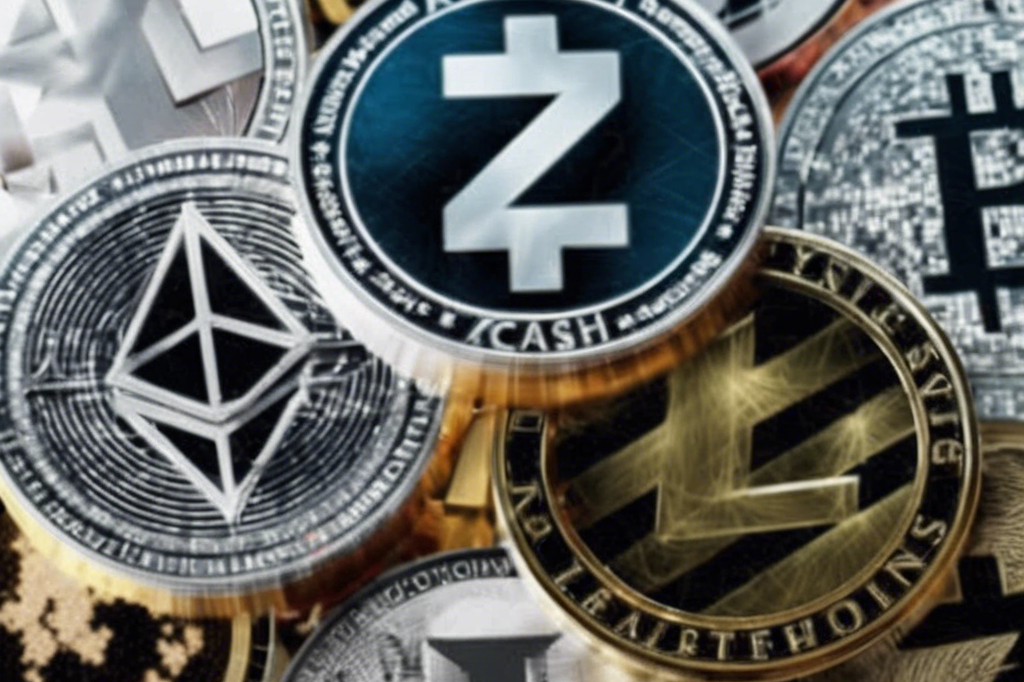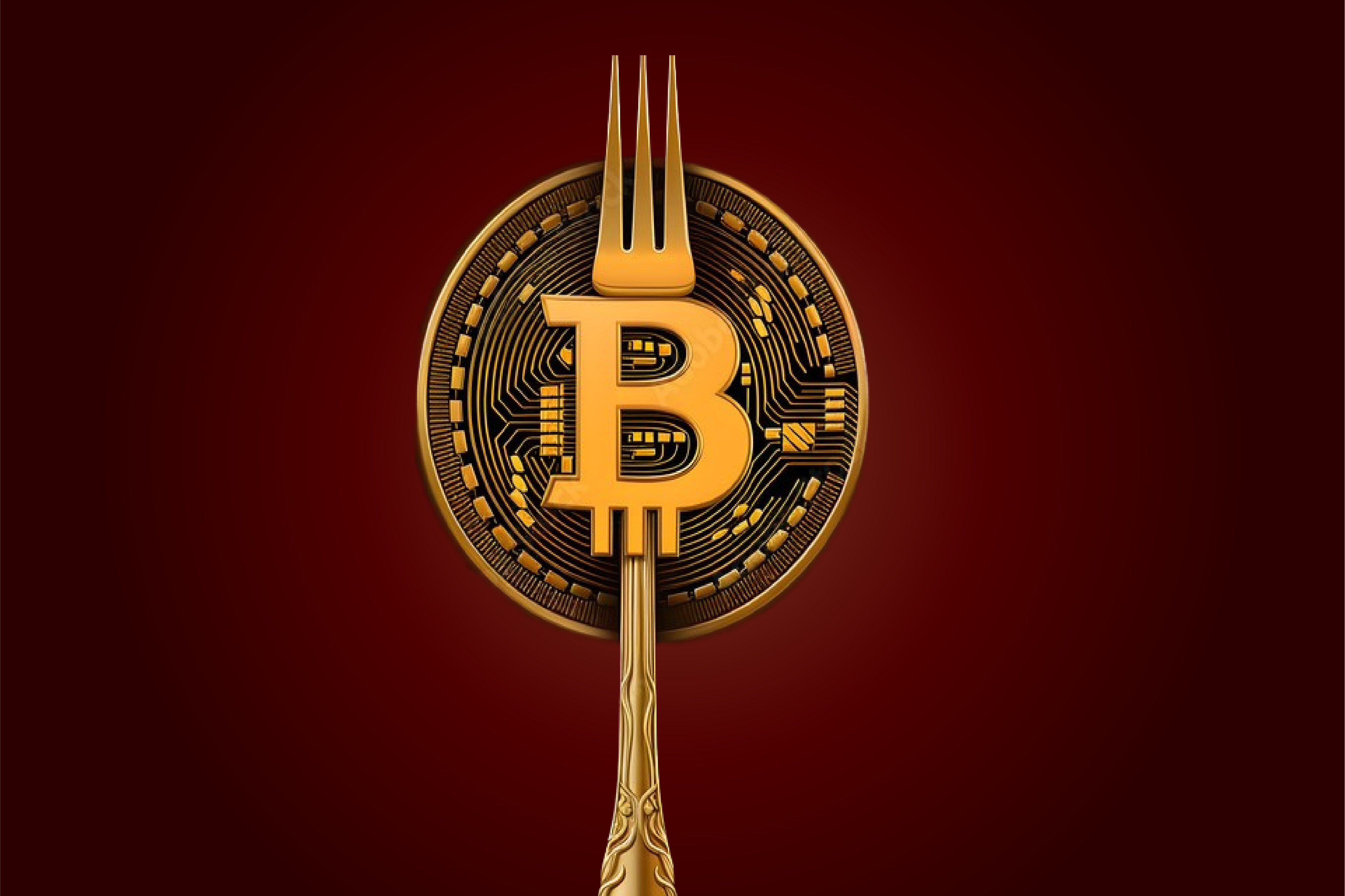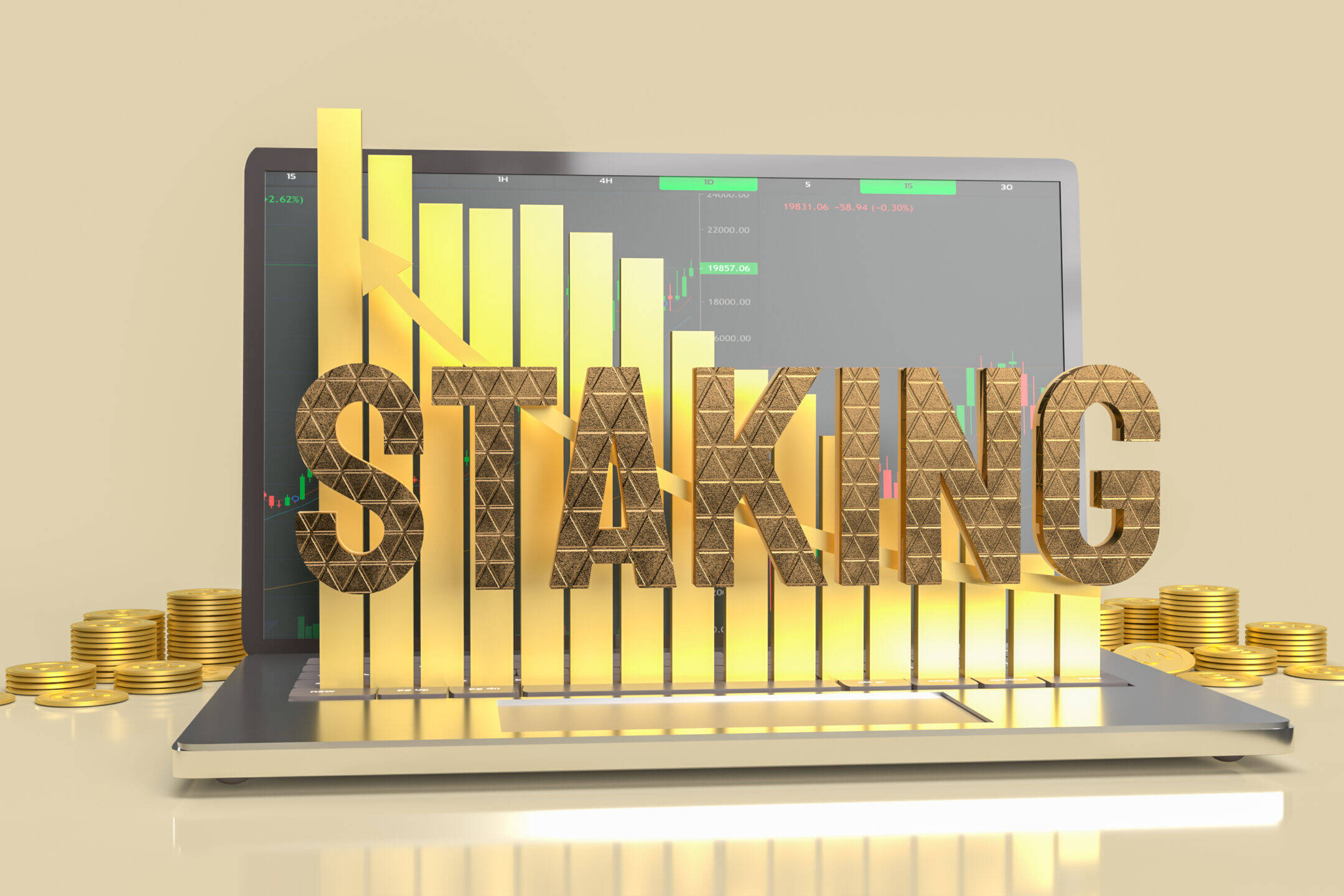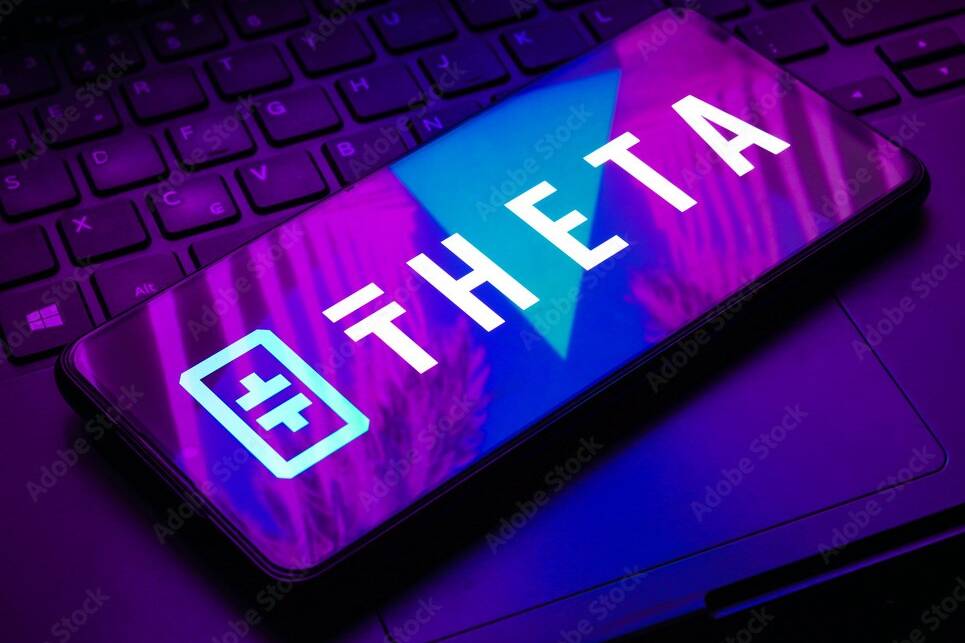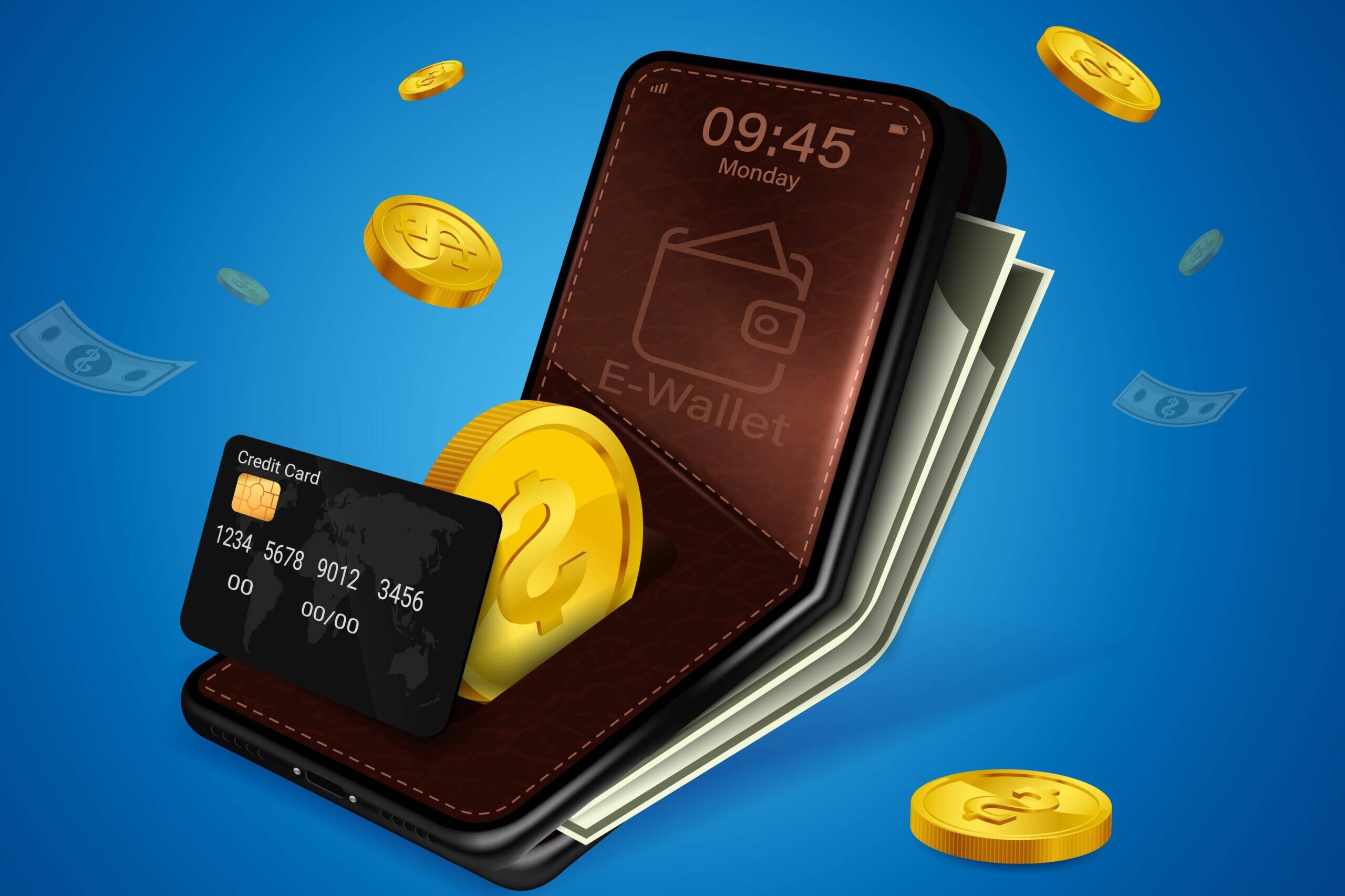April 3, 2024
Introduction
Blockchain is a revolutionary technology that underpins cryptocurrencies like Bitcoin and has far-reaching applications beyond digital currencies. It is a decentralized, distributed ledger that records transactions across many computers in such a way that the recorded transactions cannot be altered retroactively. This ensures security, transparency, and trust in digital interactions.
How Blockchain Works
-
Decentralization
Traditional databases are centralized, meaning all data is stored in a single location, controlled by one entity. Blockchain, however, is decentralized. The ledger is distributed across a network of computers (nodes), each holding a copy of the entire ledger. This decentralization is a key factor in the security and resilience of blockchain technology.
-
Blocks and Chains
Blockchain is composed of blocks, each containing a list of transactions. Each block has a unique identifier known as a hash, and it also contains the hash of the previous block, forming a chain. This structure ensures that any attempt to alter a transaction in a block would change its hash, which would then invalidate the subsequent blocks, alerting the network to the tampering.
-
Consensus Mechanisms
To ensure that the transactions are valid and the ledger remains consistent across all nodes, blockchain uses consensus mechanisms. The most common are Proof of Work (PoW) and Proof of Stake (PoS).
- Proof of Work (PoW): Used by Bitcoin, this mechanism requires nodes (miners) to solve complex mathematical problems to add a new block. This process, called mining, requires significant computational power, which helps secure the network.
- Proof of Stake (PoS): Instead of solving mathematical problems, nodes (validators) in PoS are chosen to add new blocks based on the number of coins they hold and are willing to “stake” as collateral. This is more energy-efficient compared to PoW.
-
Transactions and Mining
When a transaction is initiated, it is broadcast to the network. Nodes validate the transaction based on predefined criteria (e.g., ensuring the sender has sufficient funds). Validated transactions are then grouped into a block. In PoW systems, miners compete to solve the mathematical puzzle to add the block to the chain. The first miner to solve it broadcasts the solution, and if verified by other nodes, the block is added to the chain. The miner is rewarded with cryptocurrency for their efforts.
-
Immutability and Security
Once a block is added to the blockchain, it is extremely difficult to alter. This immutability ensures the integrity of the ledger. Security is further enhanced by cryptographic algorithms, consensus mechanisms, and the decentralized nature of the network. Any malicious actor would need to control a majority of the network’s computational power or staked cryptocurrency to alter the blockchain, which is highly impractical for most blockchains.
Applications of Blockchain
-
Cryptocurrencies
Blockchain’s most well-known application is in cryptocurrencies like Bitcoin and Ethereum. These digital currencies use blockchain to securely and transparently record transactions.
-
Supply Chain Management
Blockchain can be used to track products through the supply chain, ensuring transparency and authenticity. Each stage of the product’s journey can be recorded on the blockchain, from production to delivery.
-
Smart Contracts
Smart contracts are self-executing contracts with the terms directly written into code. They automatically enforce and execute the contract when the predefined conditions are met, reducing the need for intermediaries.
-
Healthcare
Blockchain can securely store patient records, ensuring data integrity and privacy. It can also facilitate the sharing of medical data between different healthcare providers.
-
Voting Systems
Blockchain can create transparent and tamper-proof voting systems, reducing fraud and increasing trust in electoral processes.

Conclusion
Blockchain is a transformative technology that offers secure, transparent, and decentralized solutions for a wide range of applications. By understanding how blockchain works, we can better appreciate its potential to revolutionize various industries and enhance trust in digital transactions. As technology evolves, blockchain is likely to play an increasingly significant role in our digital future.






